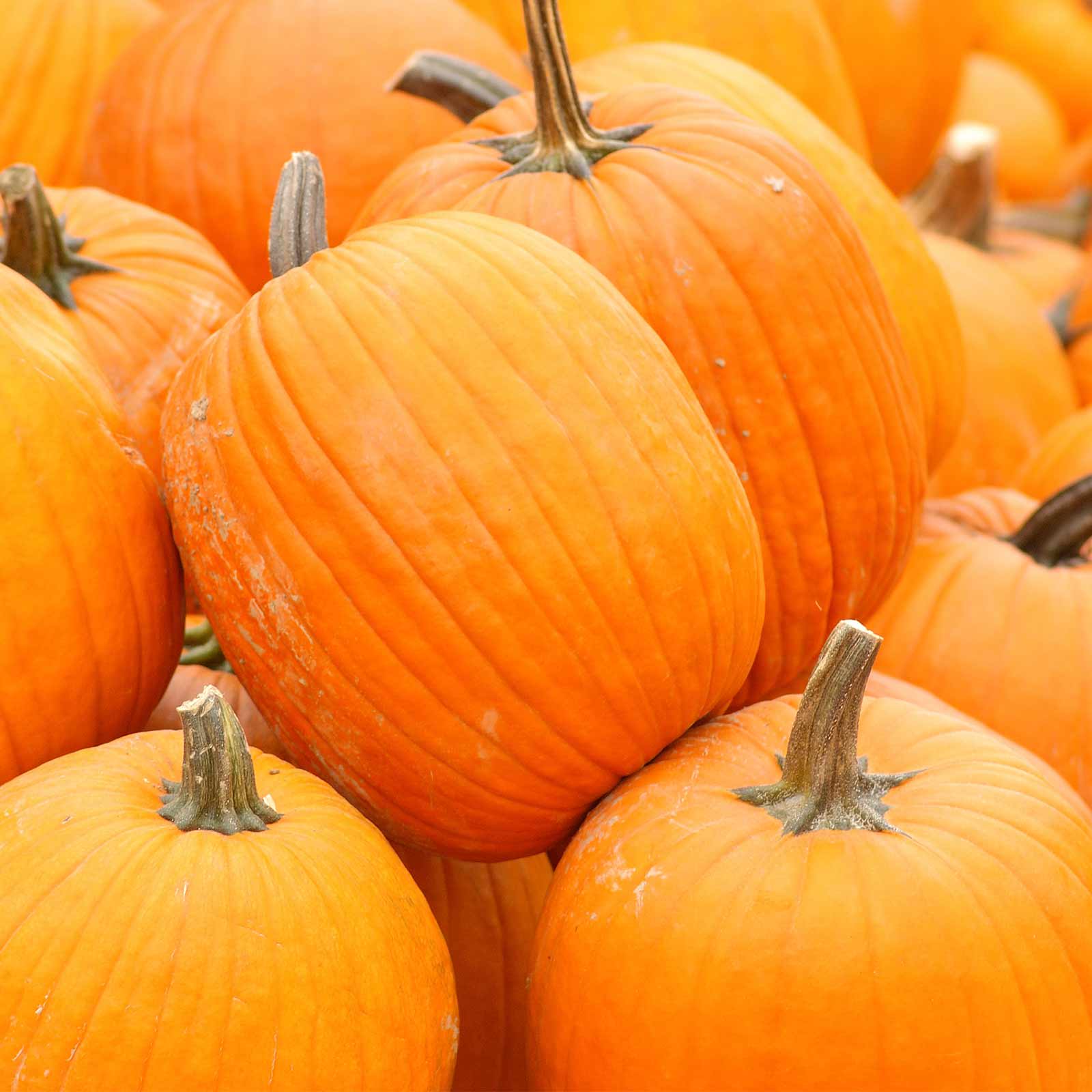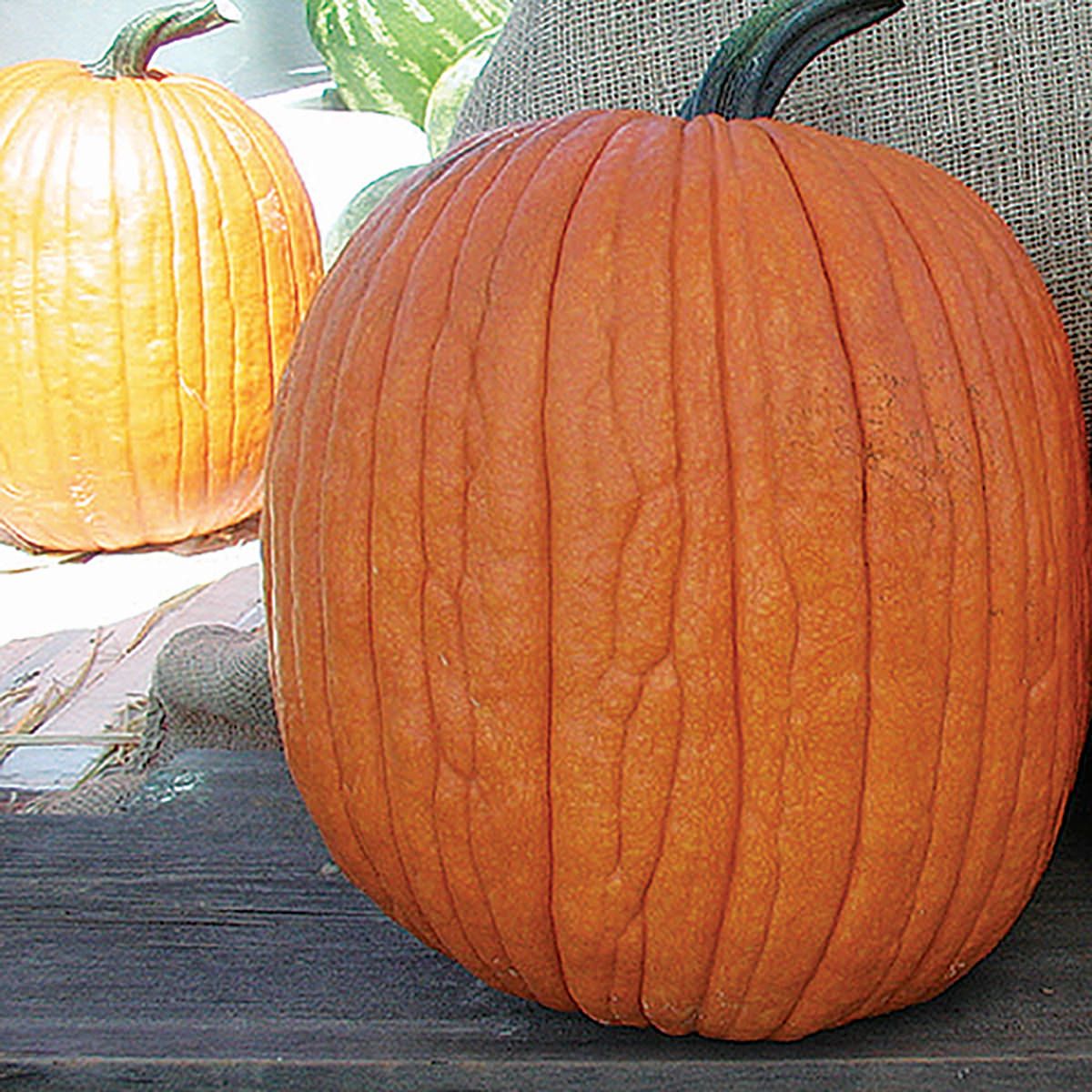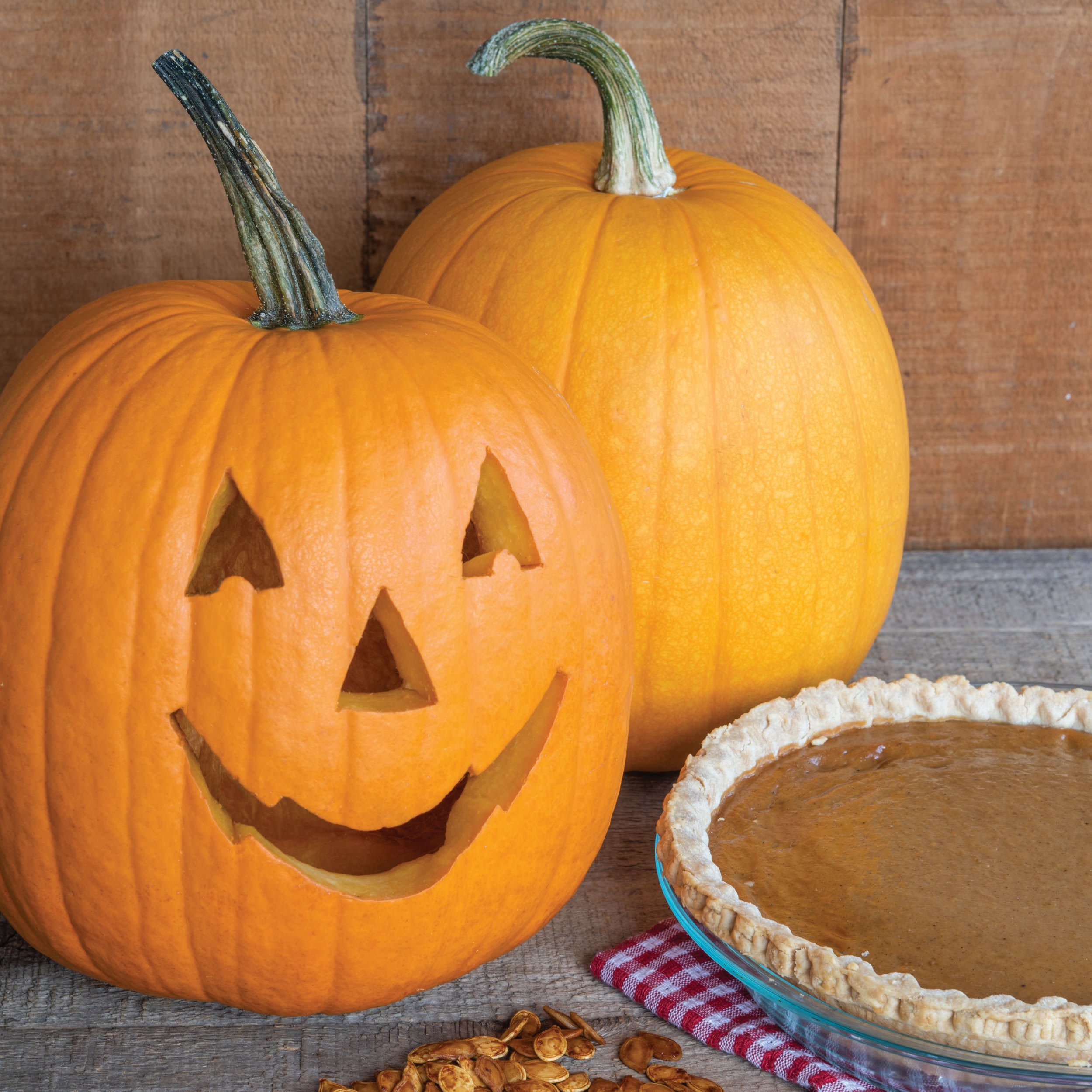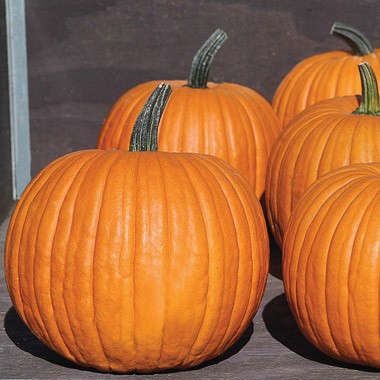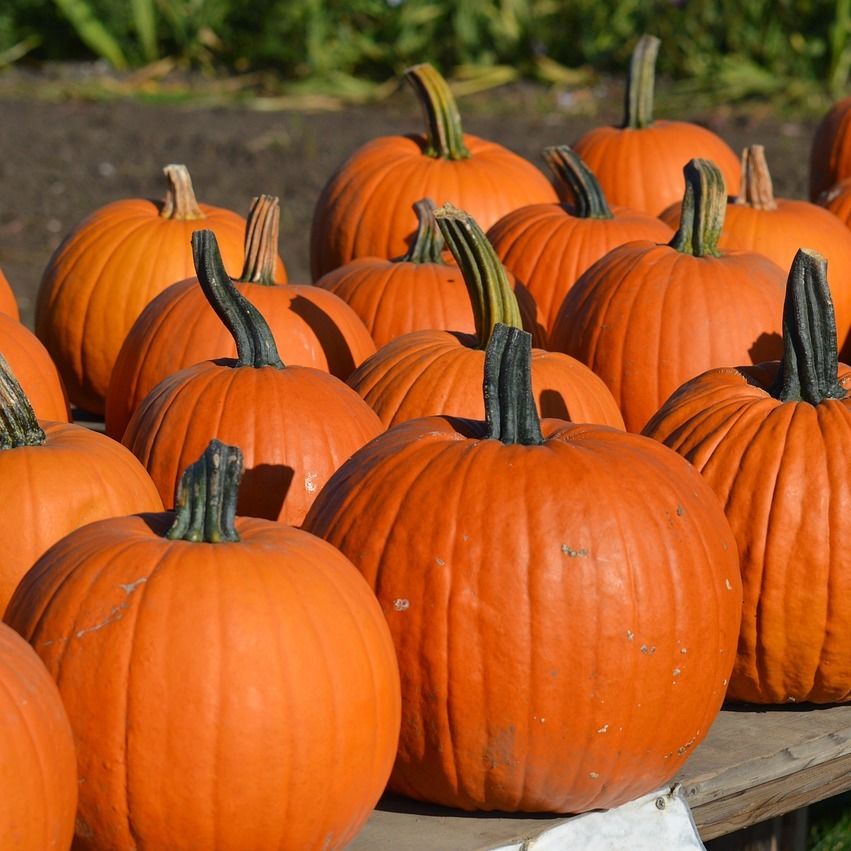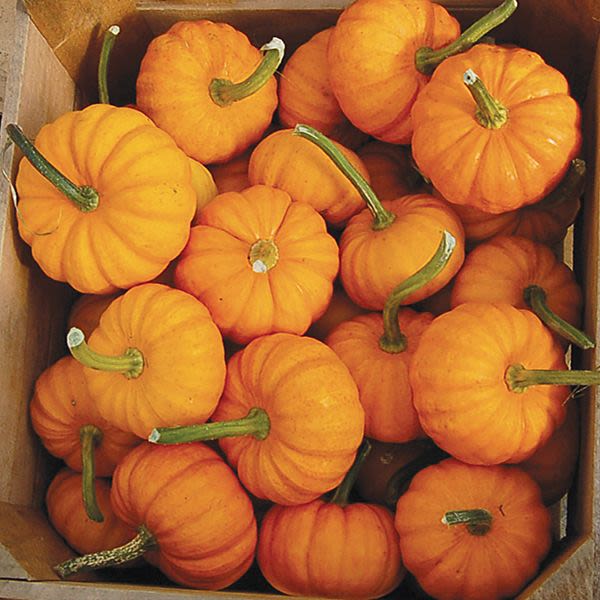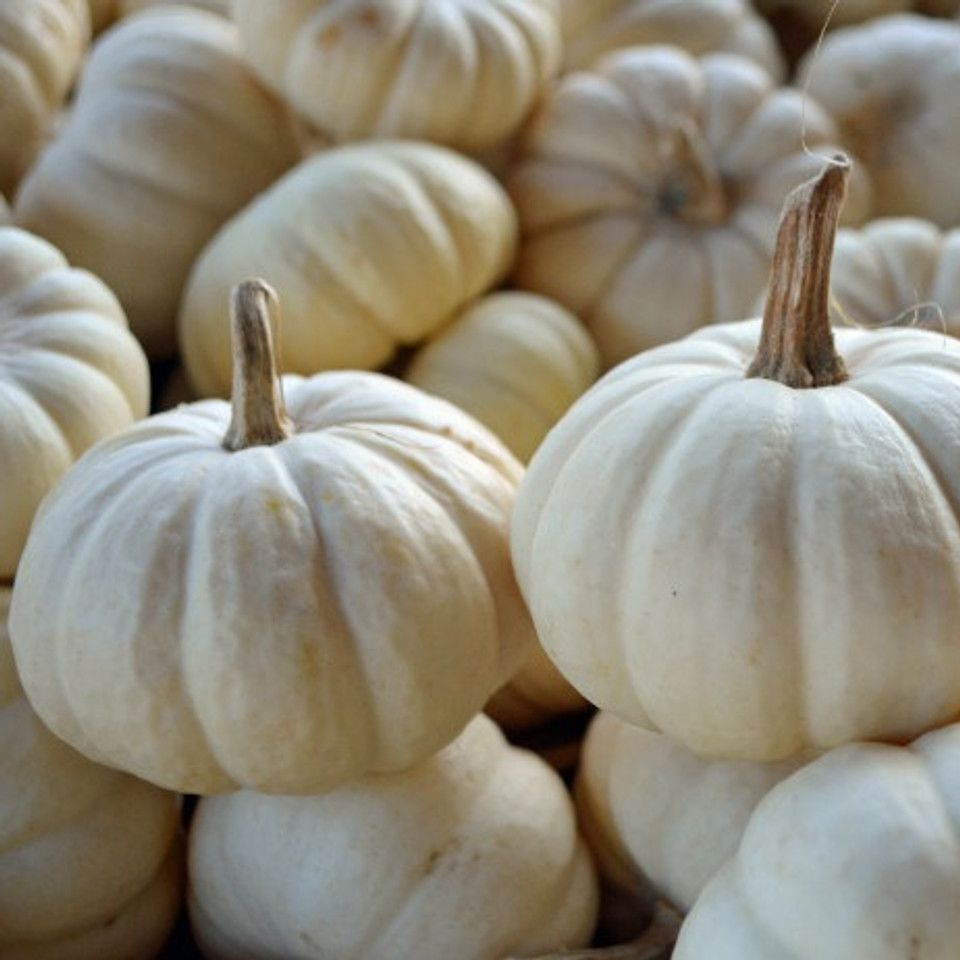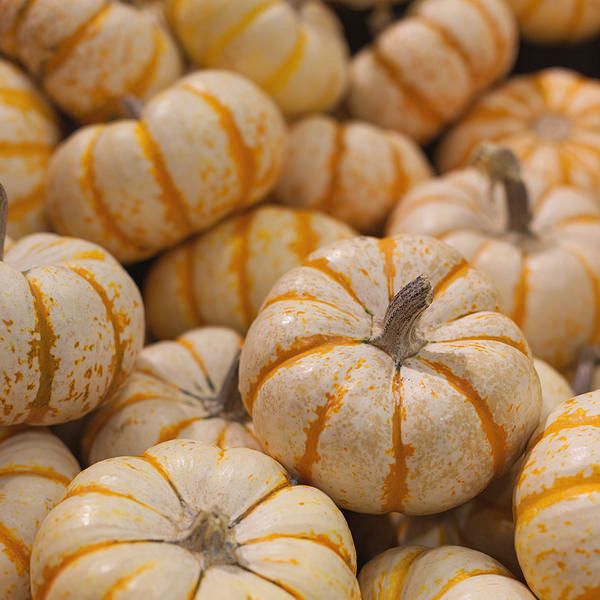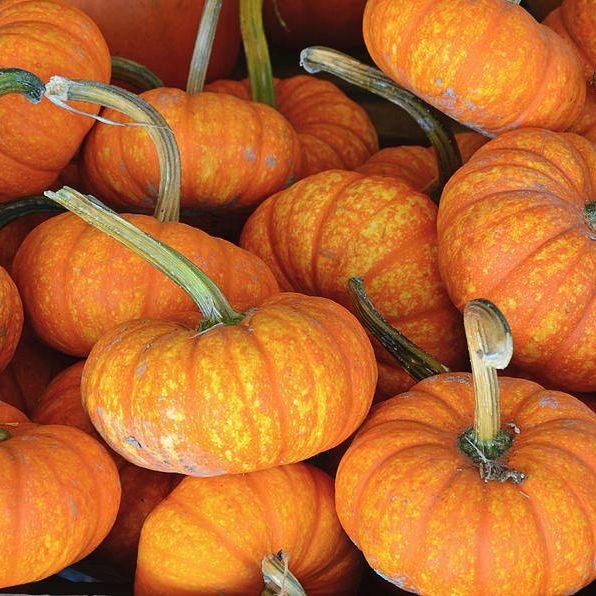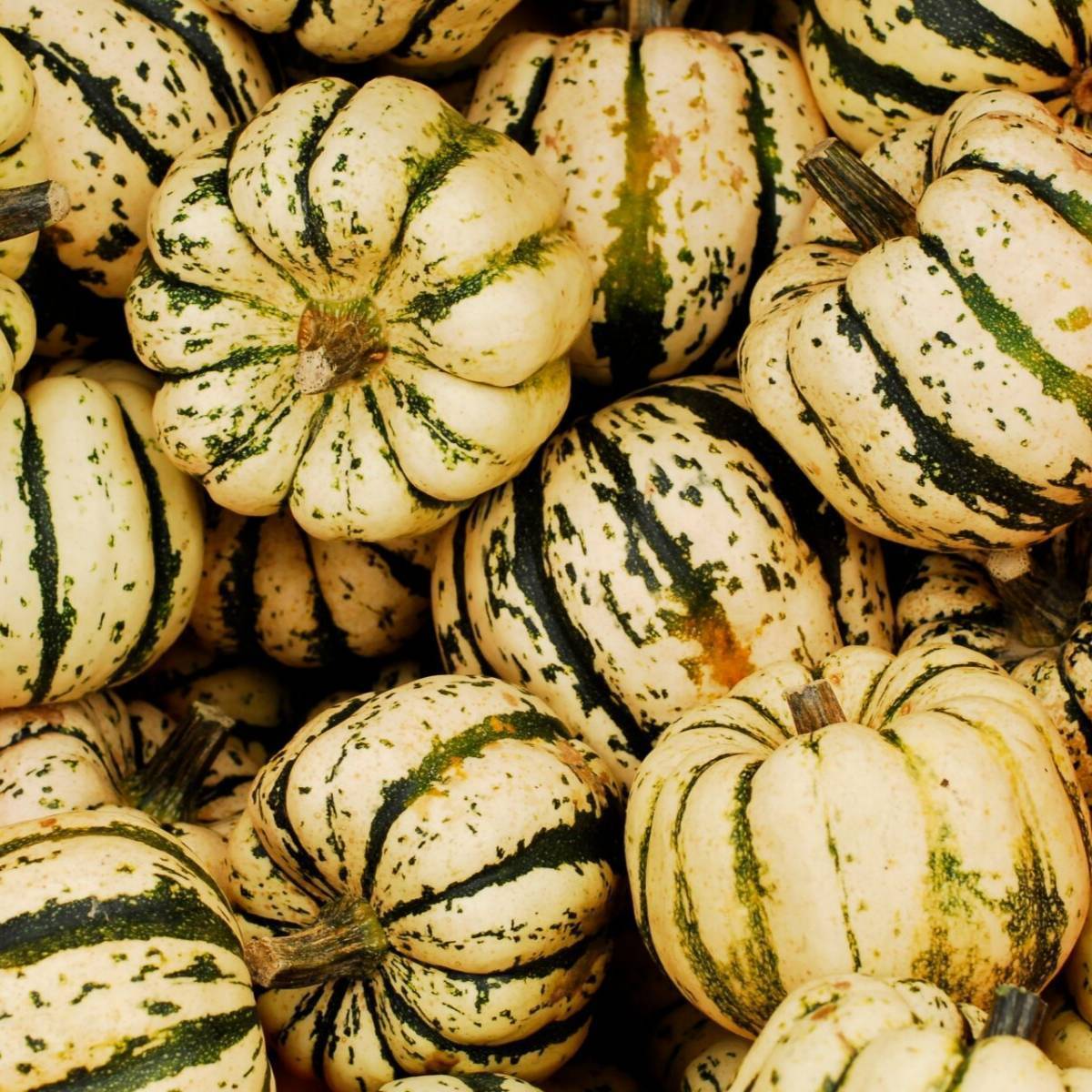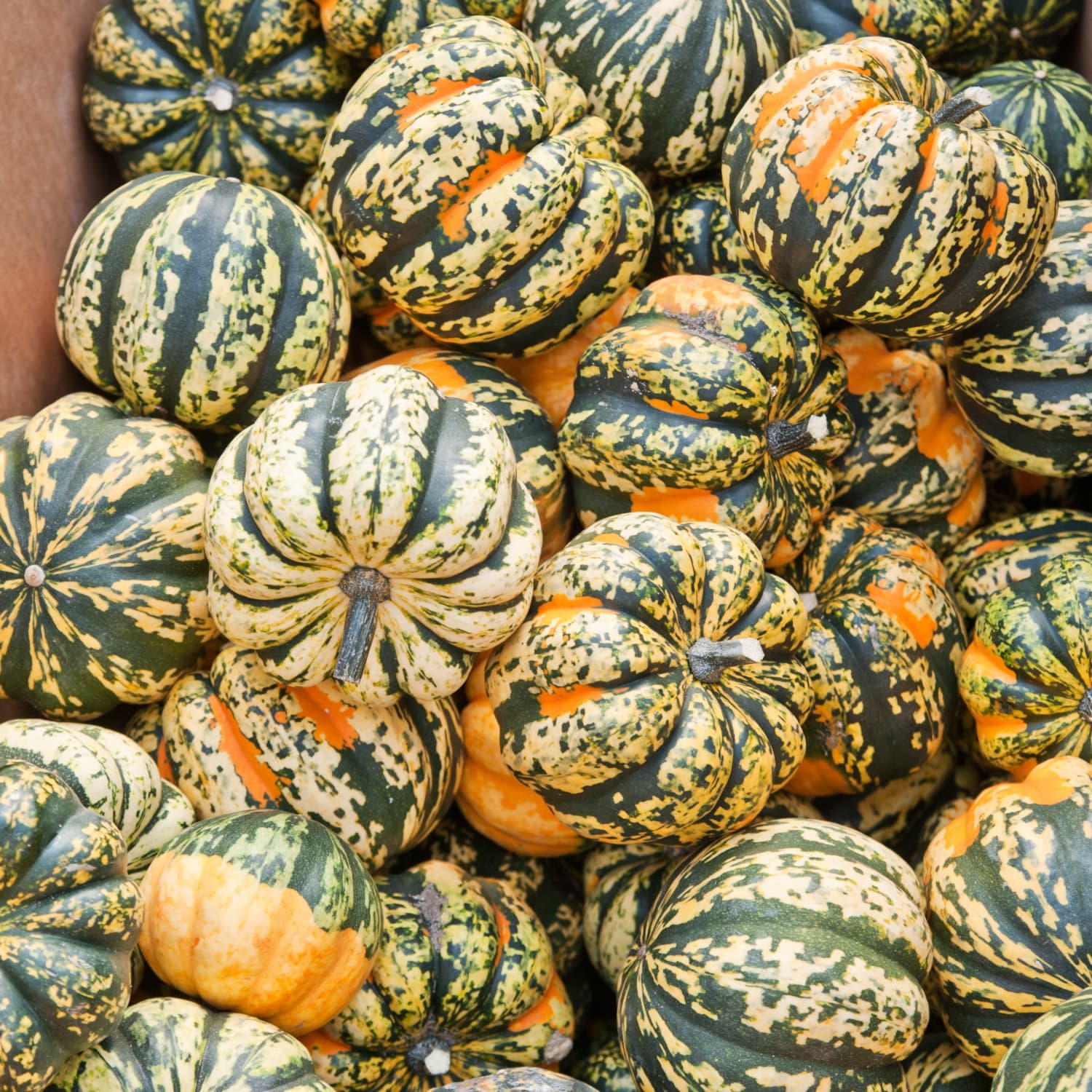The Ultimate Pumpkin Identification Guide
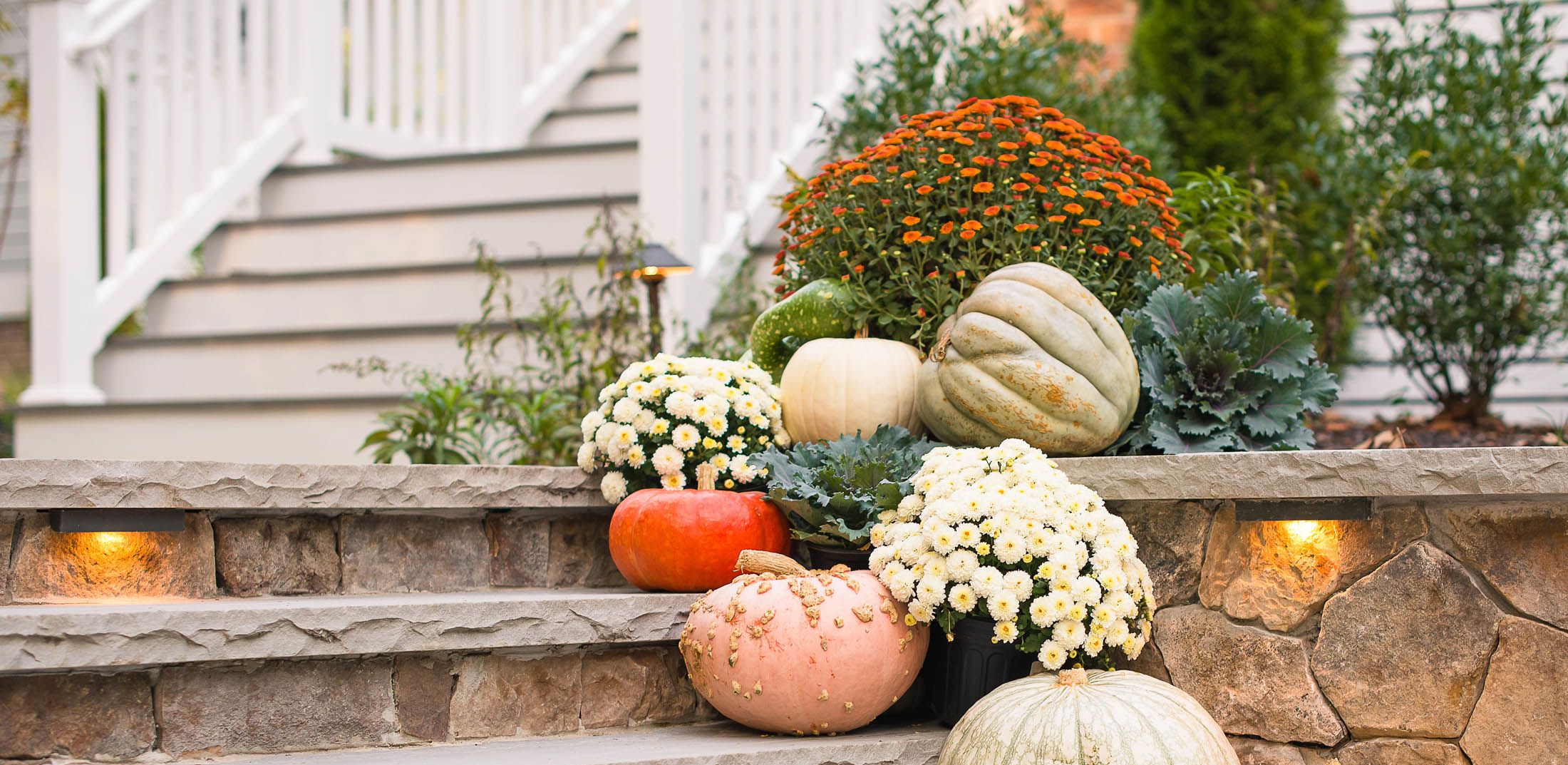
Story Highlights
Along with changing foliage colors and crackling fires, pumpkins are a quintessential symbol of the Fall season. For aficionados, like many of us at Outdoor Dreams, the beauty of pumpkins is in the bumps, curves, tonal colors, and unique patterns of the diverse varieties.
In this article, we identify over 20 different pumpkin varieties and educate you about their histories and best culinary uses.
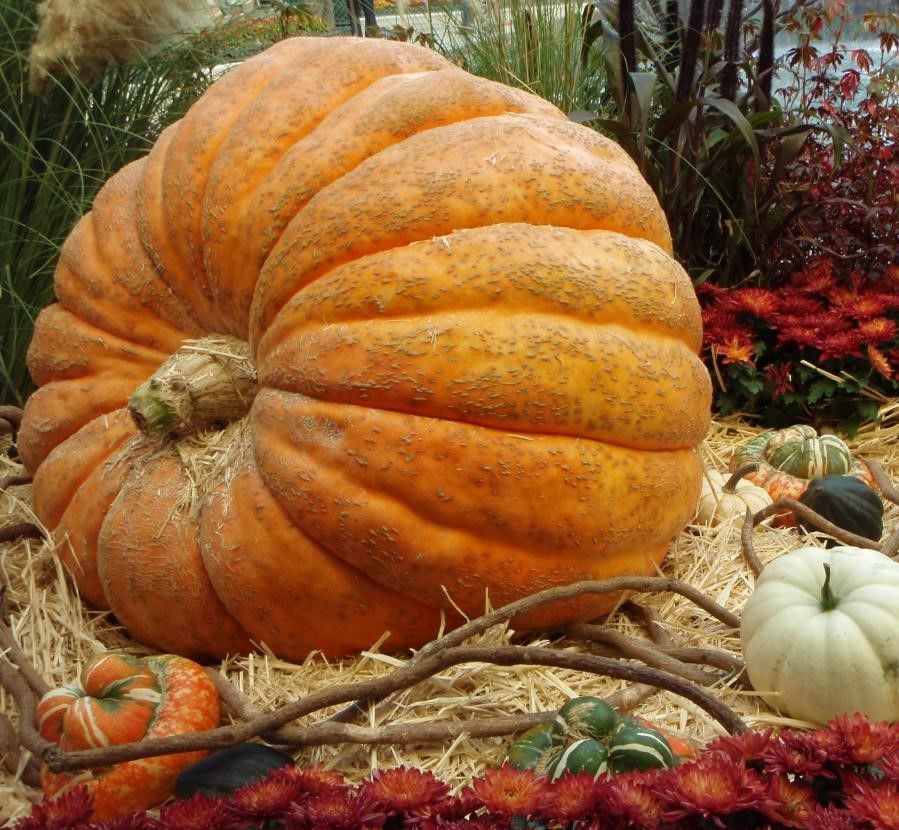
Starting Big
Atlantic Giant
This is the big daddy of pumpkins. It grows up to 200 pounds with a spread of at least 12 feet, so you are going to need an extra-large garden to contain it. These pumpkins are grown primarily for show and carving competitions, as they are seedy and not very tasty.
Other Giant Varieties:
BIG MOON, BIG MAX, & PRIZEWINNER
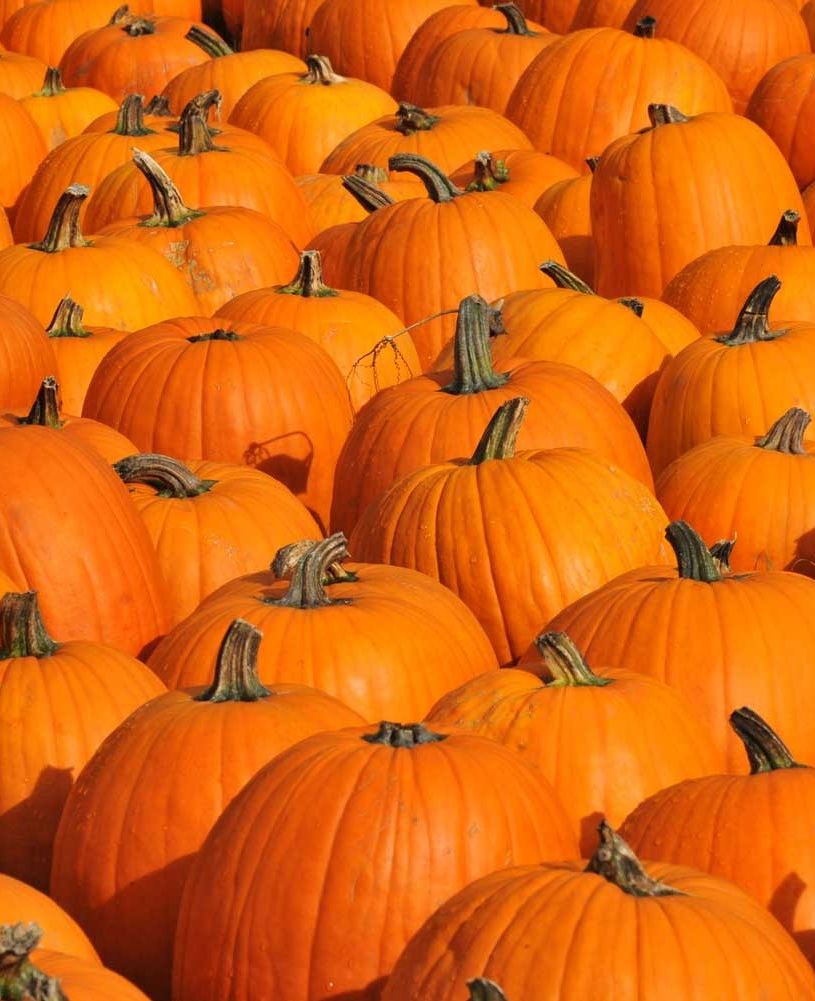
carving pumpkins
Jack-O-Lantern & Aladdin
JACK O’ LANTERN: With this name, you know it must be perfect for carving! Jack O’ Lantern pumpkins typically weigh around 20 pounds, and they have a solid rind with an oval or roundish shape. Although not often considered a pie pumpkin, it is edible and can be roasted for use in pies, muffins, and soups.
ALADDIN: Although you may not be familiar with its name, this is one of the most commonly grown carving pumpkins. The thin “meat” allows more room inside, making it perfect for carving.
Other Varieties Include:
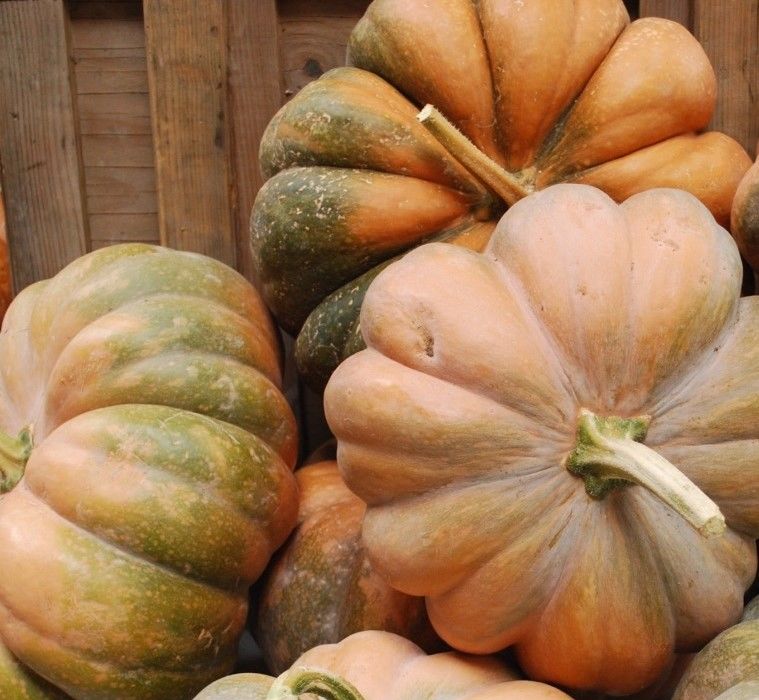
Fairytale
Musquee de Provence
Big and flat with deep lobes, this French heirloom pumpkin is prized for its sweet, creamy flavor. It’s green when immature but turns a pretty silvery-orange color when ripe. Though not useable for carving, it provides stunning shape and color contrast when paired with other pumpkins. It’s also a great choice for pies.
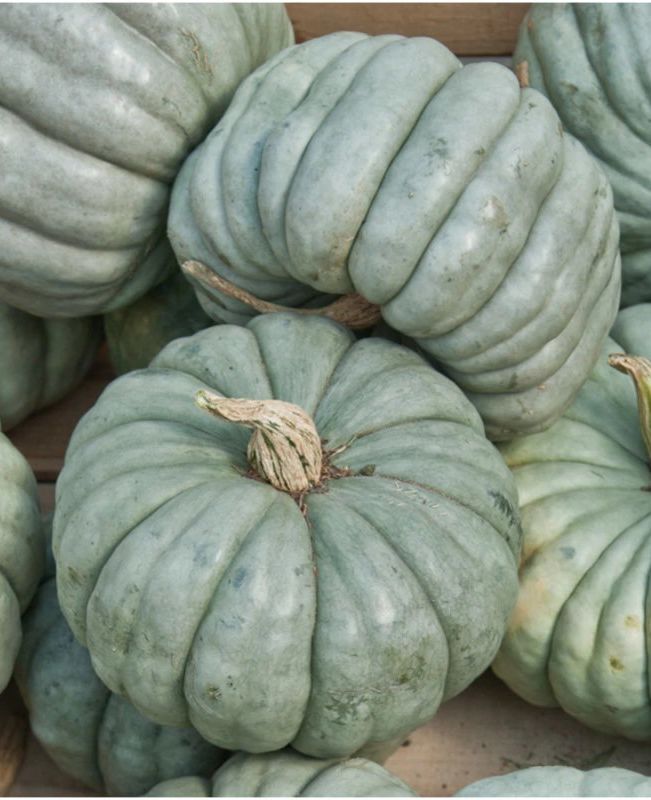
When you're feeling the blues...
Jarrahdale
“Blue” pumpkins have become a popular favorite for creating unique fall décor. Blue is the perfect color to contrast next to traditional orange pumpkins. This Australian heirloom ranges in color from dusty gray to greenish-blue and it is one of the most popular varieties. Flavorful and nearly stringless, some experts believe Jarrahdales are the finest pumpkins for making pumpkin pies. Its flavor is mildly sweet, with a texture that is creamy and dense.
Other Blue Varieties:
BLUE PRINCE, BLUE LAKOTA, BLUE HUBBARD
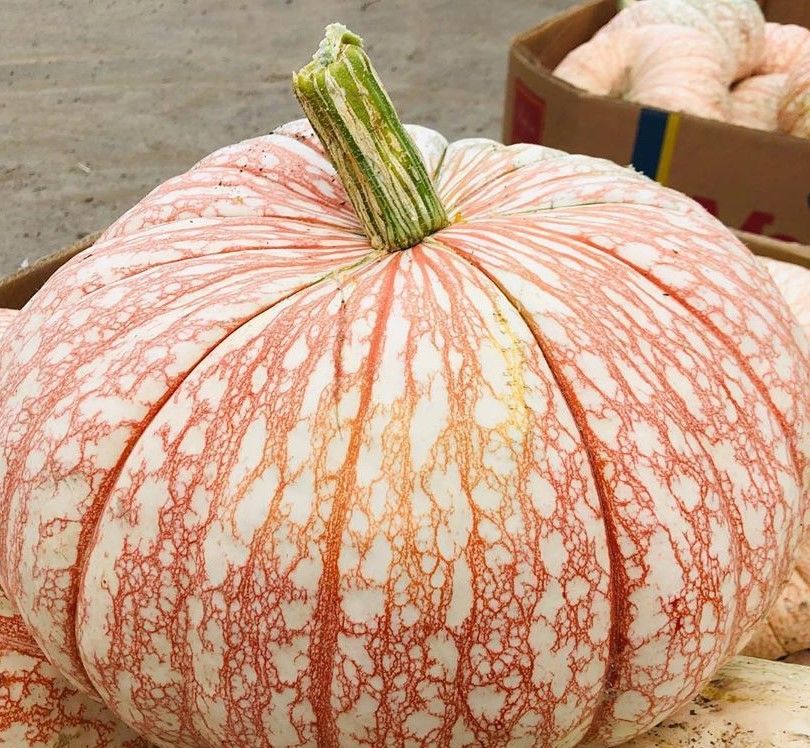
The morning after...
One Too Many
A round white fruit with reddish veining, it's said to resemble bloodshot eyes on the morning after; hence its cheeky name.
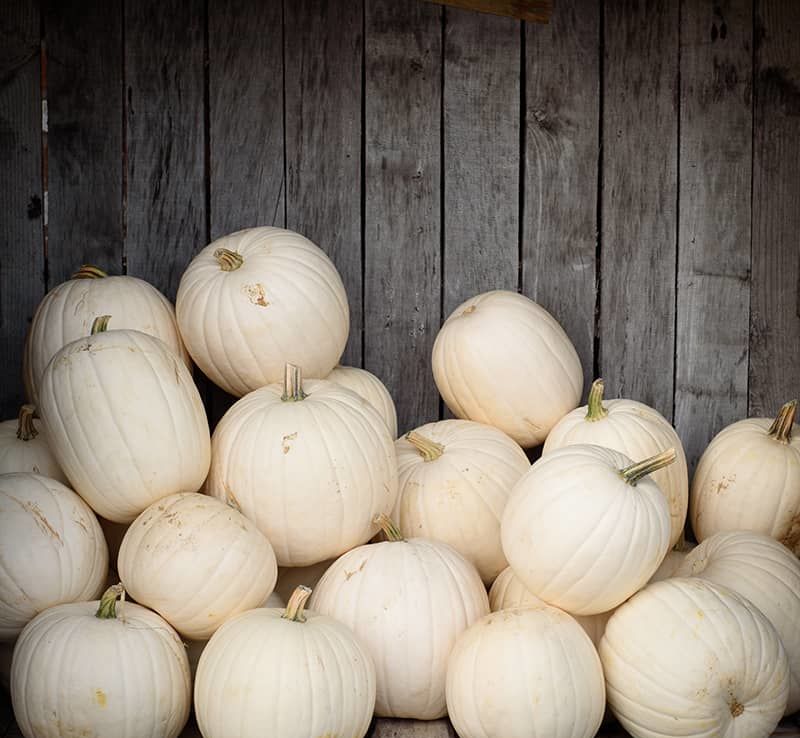
White pumpkins
Casper
Orange may be traditional in autumn decor, but this white pumpkin is a showstopper! Their smooth white color makes them ideal for display and their yellow-orange flesh provides great contrast when carved. Their yellow flesh is also tasty for roasting or using in soups and pies.
Other White Varieties:
LUMINA, COTTON CANDY, GREAT WHITE, SUPER MOON, NEW MOON
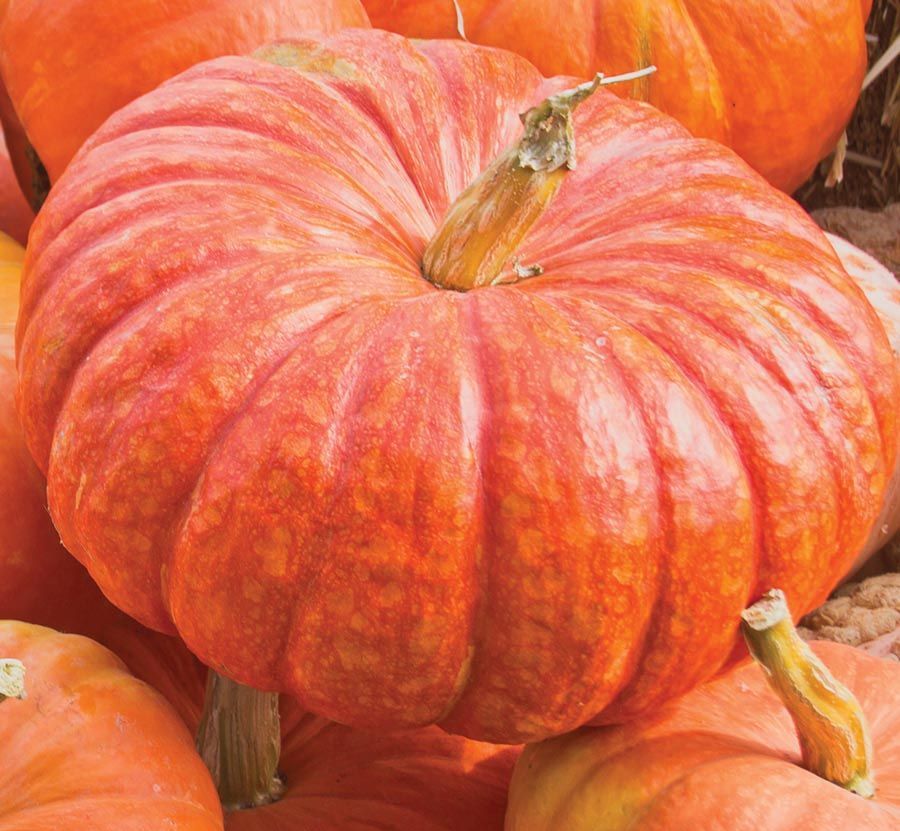
Cinderella
Rouge Vif D'Etampes
If you had a fairy godmother, she would turn this deep reddish-orange pumpkin into your coach. This classic heirloom was mentioned by famous French seed house, Vilmorin, as the most popular pumpkin in Parisian markets of the 1880s. Its French name translates to "Vivid red from Etampes," a nod to the medieval town just south of Paris where it was grown for market. The attractive shape and color make this a phenomenal decoration for autumn displays. This heirloom variety makes a beautiful display, especially with several stacked on top of each other. With its semi-sweet flavor and lovely hue, it is also a good choice for pies and is a standard for French soup stocks.
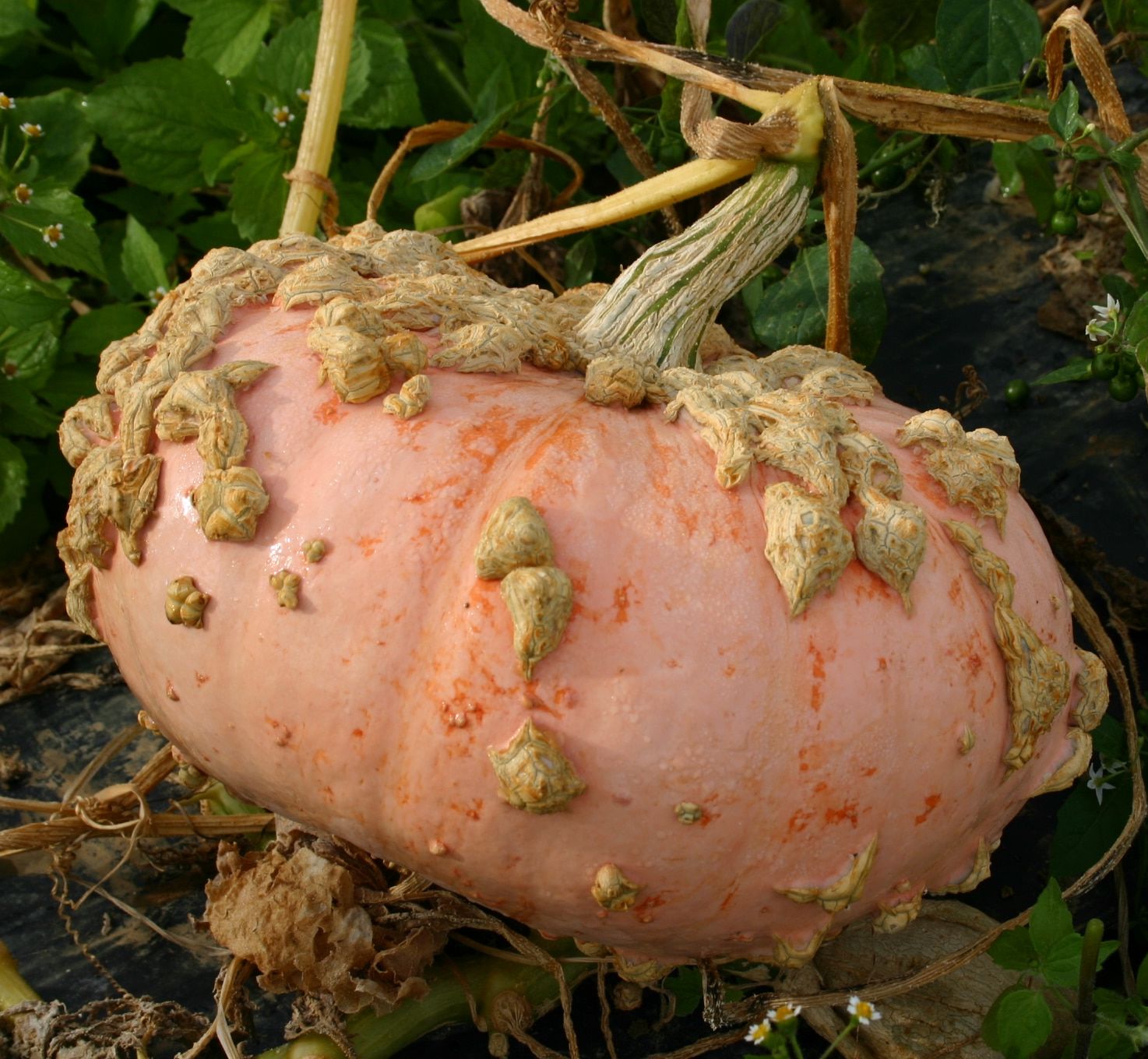
Peanut
Galeaux D'Eysines
This gorgeous French heirloom produces a flattened globe with salmon-peach skin. The knobby bumps (resembling peanut shells) on this French heirloom are caused by a buildup of sugar beneath the skin. These warty pumpkins look awesome in displays, lending character that other pumpkins lack. This variety is also delicious in pies and soups because the flesh is sweet and not stringy.
Other warty pumpkins:
WARTY GOBLIN, KNUCKLEHEAD
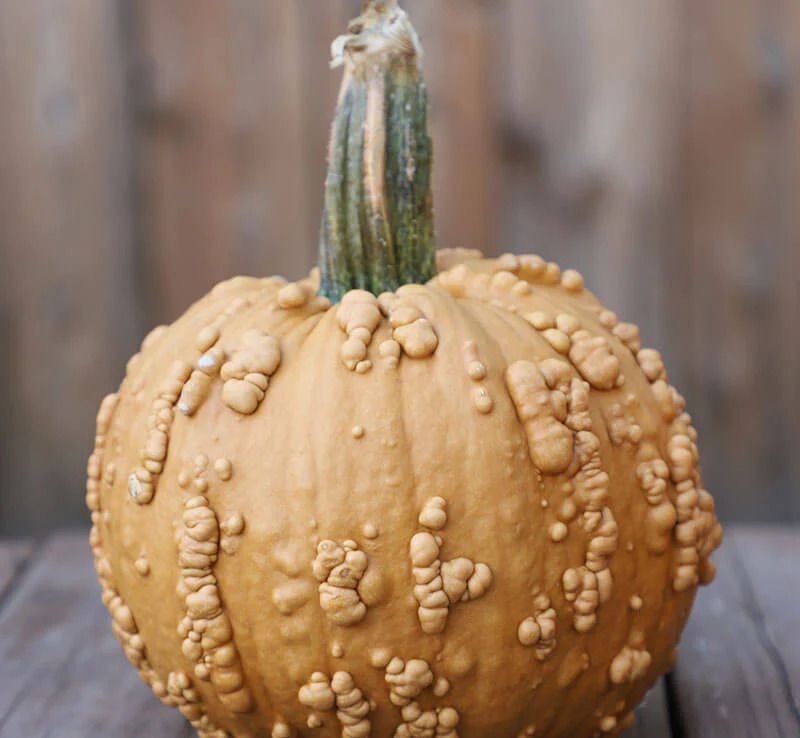
Grizzly Bear
The Grizzly bear pumpkin is fairly new to the market. Grizzly bear pumpkin is a caramel-colored pumpkin, medium in size, and has extremely hard warts. The unique features of Grizzly bear pumpkins make a great addition to fall displays.
Although edible, the inside has a stringy texture and not as much flesh as a pie-type pumpkin.
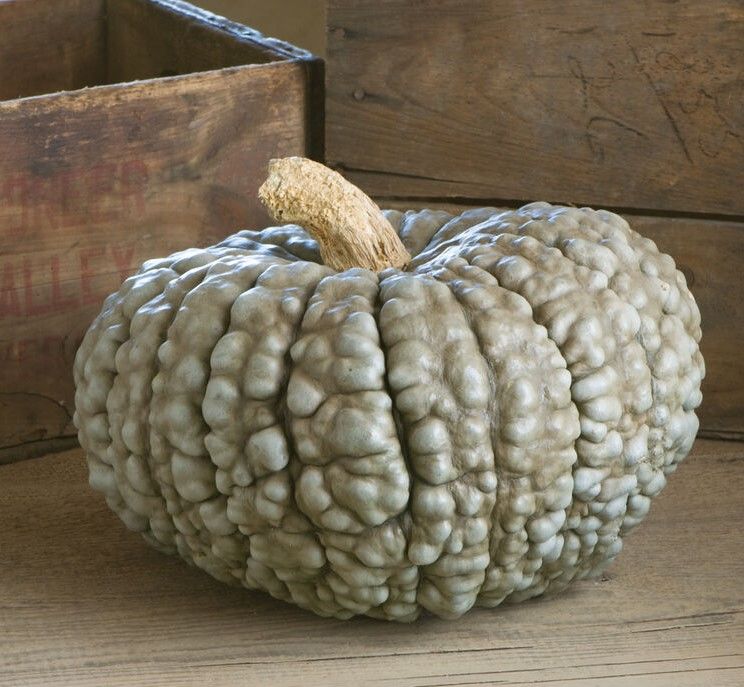
Beautiful and Delicious
Marina Di Chioggia
Another popular blue pumpkin, this Italian heirloom has a warty rind that is eye-catching in autumn displays. But its sweet flavor makes it delectable in traditional Italian dishes such as gnocchi and ravioli.
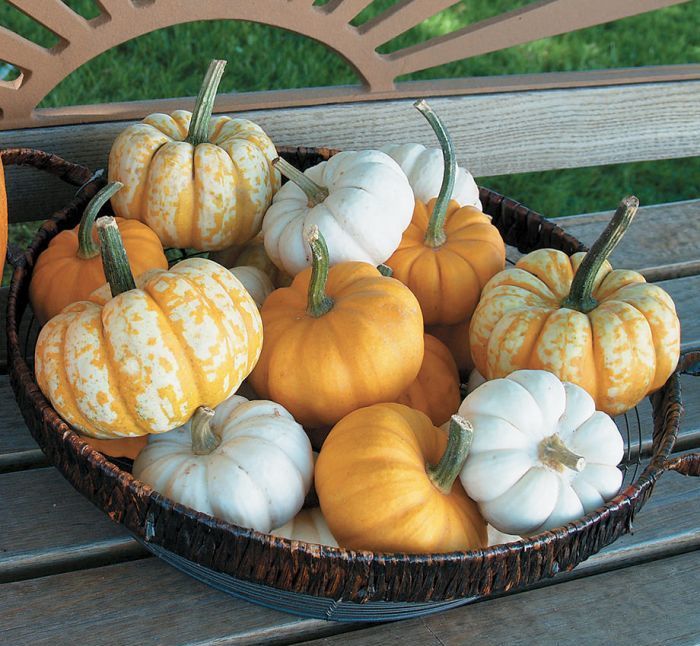
Honey, I shrunk the Pumpkins...
Mini Pumpkins
Mini pumpkins are a great way spread autumn joy throughout your home and outdoor living space. Because they are much smaller and lighter, they can be worked into areas where traditional pumpkins don't fit. These little pumpkins work wonderfully in centerpieces as well as an accent on any table or fireplace mantel.
With a delicate and sweet flavor, mini pumpkins are also perfect for cooking. Consider using them as edible soup bowls or search for recipes where they are stuffed and baked (similar to stuffed peppers).
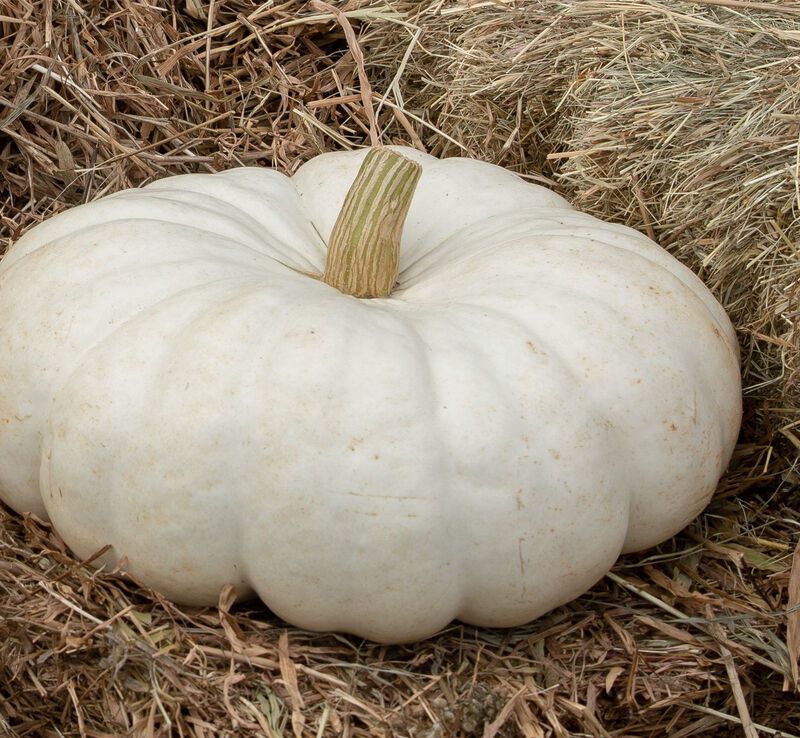
Flat White
Boer Ford
Attractive, very flat, pure white pumpkins that are unique and tasty. Very sweet orange flesh is perfect for pies and baking. A wonderful decorating and eating variety that was historically popular in South Africa and was named for the Dutch Boers, who were once the colonial power. The white color holds over time without fading to yellow or cream.
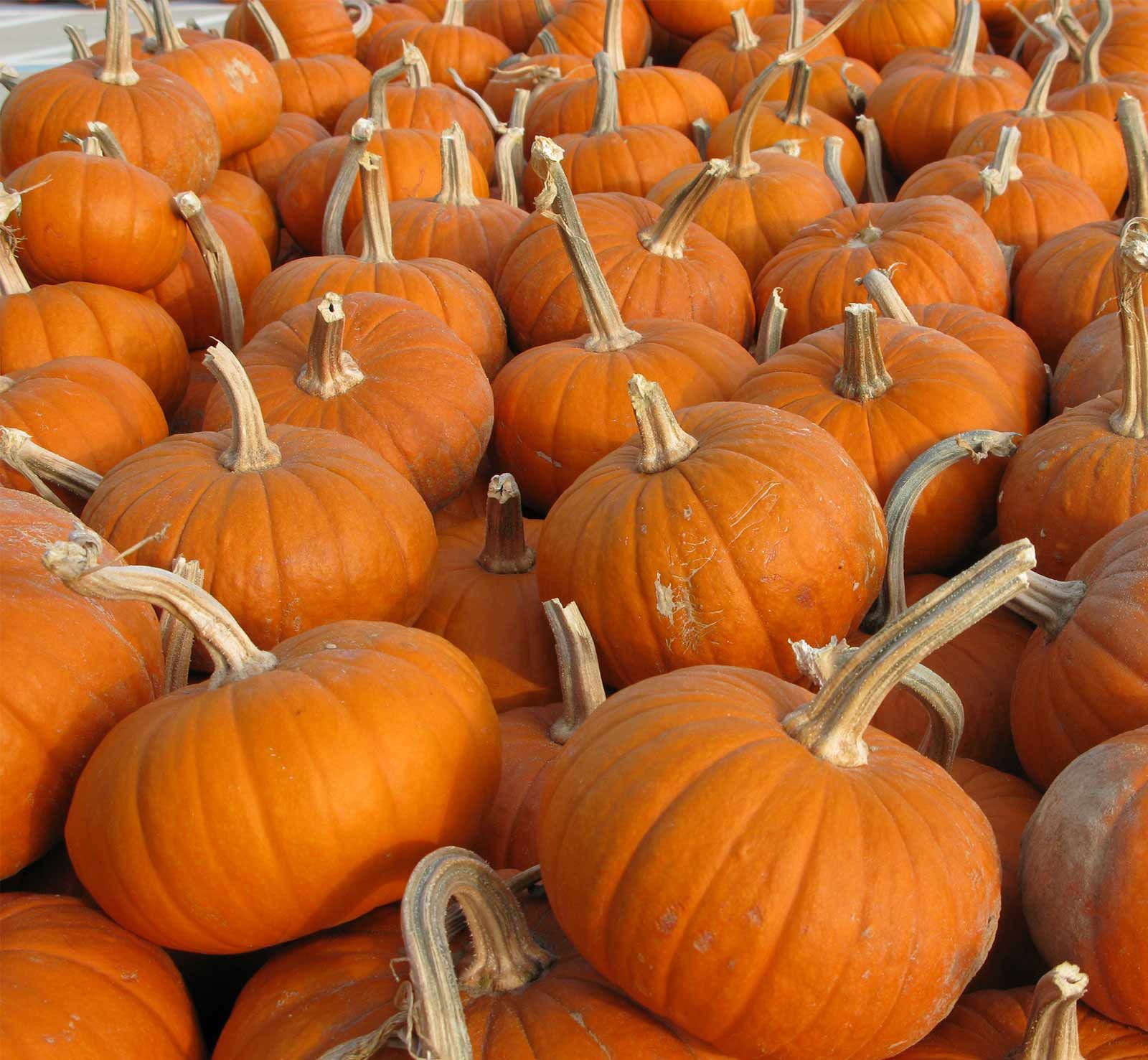
For the kids
Baby Bear
These tiny pumpkins are great for kids. Perfect for painting, decorating, or even making them into soup bowls!
Other Kid-Friendly varieties:
FIELD TRIP, WEE-BE-LITTLE
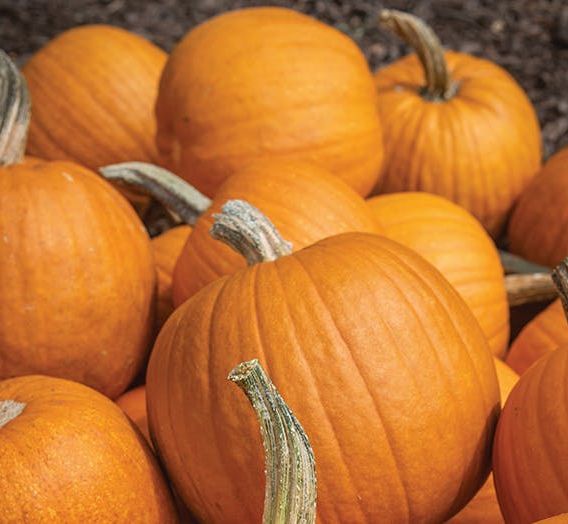
Small Sugar
Small Sugar is even better for pies than its larger cousin Connecticut Field pumpkin. A very prolific and handsome little pumpkin; usual size about 10" in diameter; skin is a deep orange-yellow. It is very fine-grained, sweet and sugary, and keeps well.
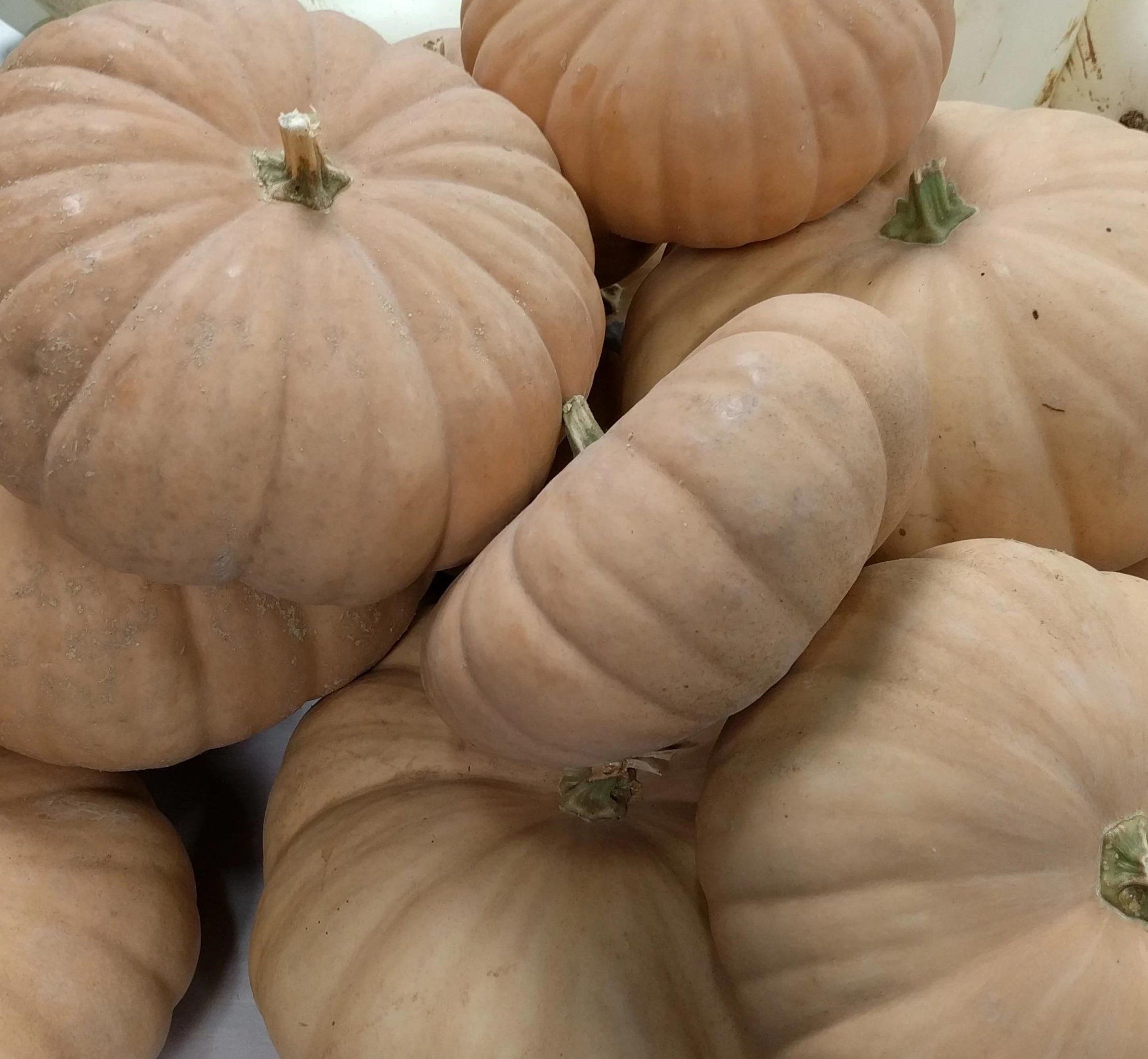
Say Cheese!
Long Island Cheese
The color and shape of this pumpkin resemble that of a pale cheese wheel, thus its distinct name. This medium-sized pumpkin typically weighs about 10 pounds, has light ribbing, and is known for its sweeter taste. This classic pumpkin dates back to the 19th century.
Other Cheese Pumpkins:
NEW ENGLAND CHEDDAR
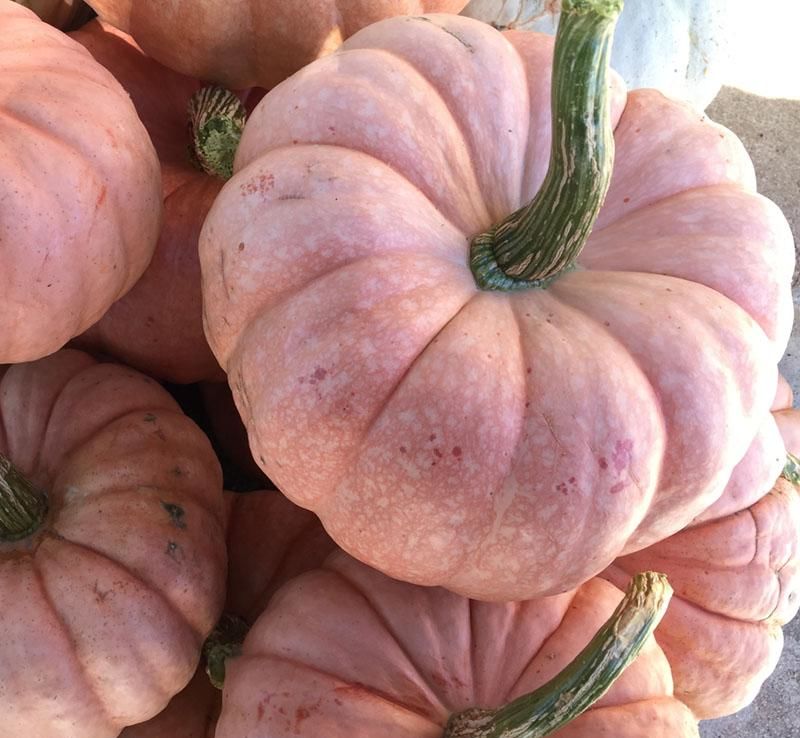
Pink Pumpkins with a Cause
Porcelain Pumpkins
Sensational, one-of-a-kind beauty, this series of hybrids feature the world’s very first pink pumpkins. Along with the striking, light-pink hue, these pumpkins feature a squarish, deep-ribbed shape and sturdy handle. Boasts deep-orange, sweet flesh—ready to star in pies, soups, and gourmet creations. Purchases support the Pink Pumpkin Patch Foundation, a non-profit organization for breast cancer awareness.
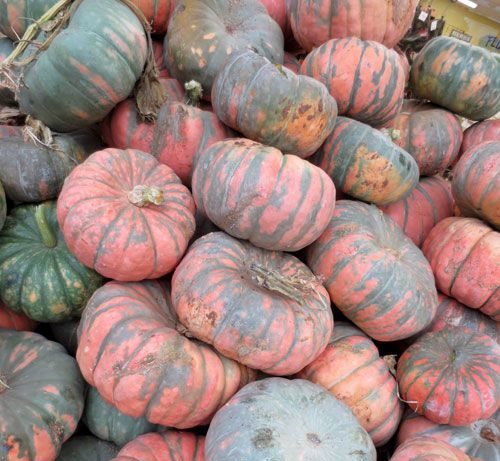
It's a beautiful pup
Speckled Hound
As the picture shows, these beauties offer stunning coloration. The mix of orange-pink and green-grey makes for a truly unique pumpkin.
Another favorite for cooking, the internal texture is a little drier, but still sweet and delicious. The texture is similar to butternut squash.
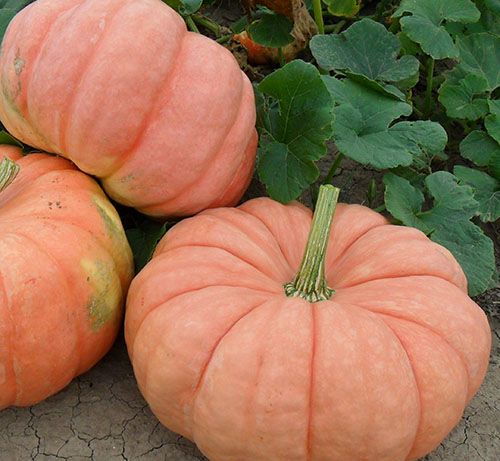
Stunning and unique
Indian Doll
Indian Doll provides contrast in autumn displays because of its unique shape and color. It's a large, flat, blocky-shaped fruit, with deep ribs, ranging in color from light orange to shades of coral and pink. These are also another great heirloom variety that is perfect when used for pies and soup.
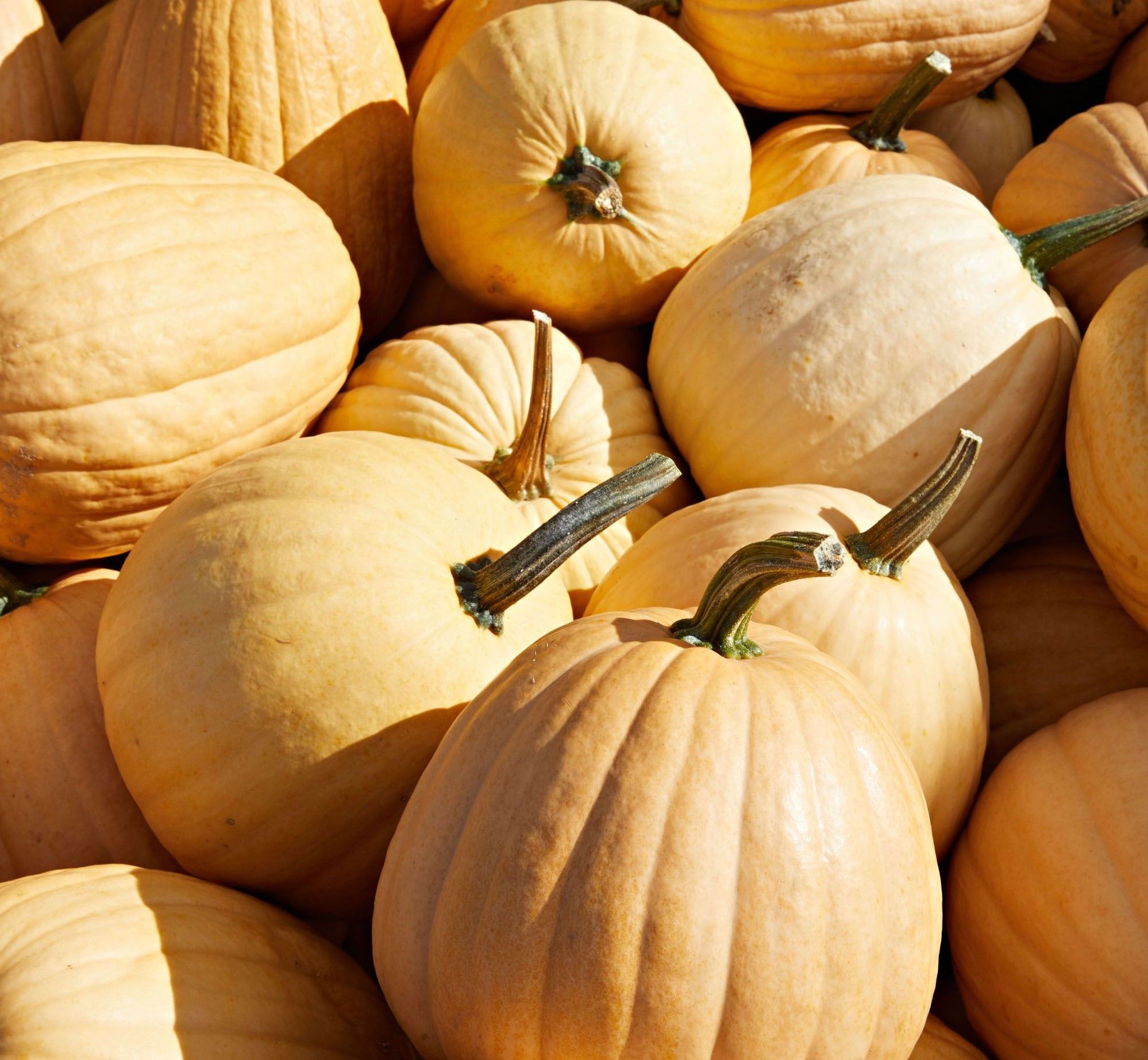
And they were all yellow
Tandy
This understated variety has pale cream/yellow-colored skin, a slightly oval shape, and a strong green stem.
Other Yellow Varieties:
Mellow Yellow
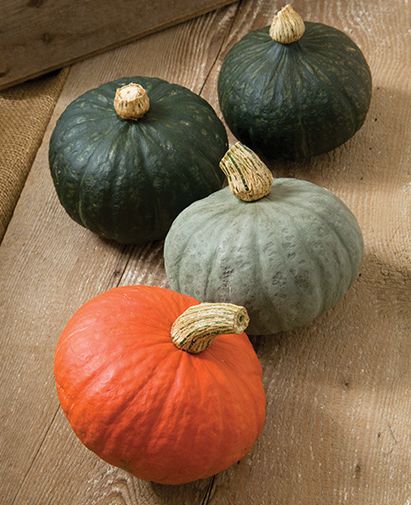
Kabocha
Kabocha is a Japanese winter squash that is also referred to as a Japanese Pumpkin. Whether it's the "Green," "Blue Kuri," or "Orange" variety, you cannot go wrong with Kabocha squash on your front porch as decor or your dinner table as a meal. They can be stored for months, so feel free to use them as decor during the fall season and add them to your menu in the winter. The skin can be hard to crack, but the sweet-tasting flesh is worth the effort!
Looking for pumpkin decorating inspiration?
Check out how Outdoor Dreams uses them!
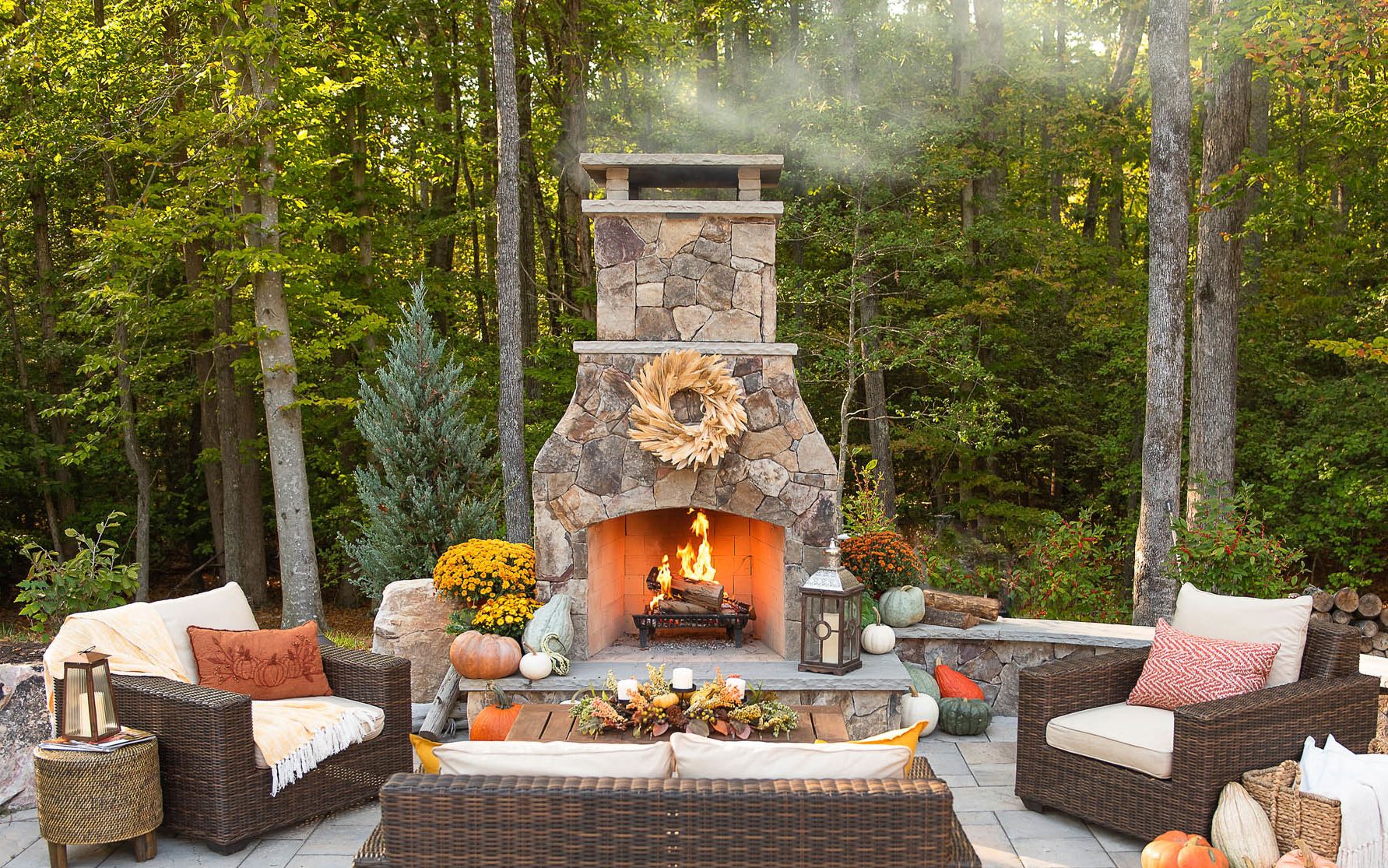
In this project we use pumpkins to decorate an outdoor fireplace, outdoor kitchen, and stairway.
A Backyard for Every Season
This stunning project features a gunite pool, naturalistic waterfall, outdoor kitchen, pergola, outdoor television, outdoor fireplace, and native landscape. The space is staged with over 10 types of pumpkins and gourds. Can you identify them all? Click to see more photos
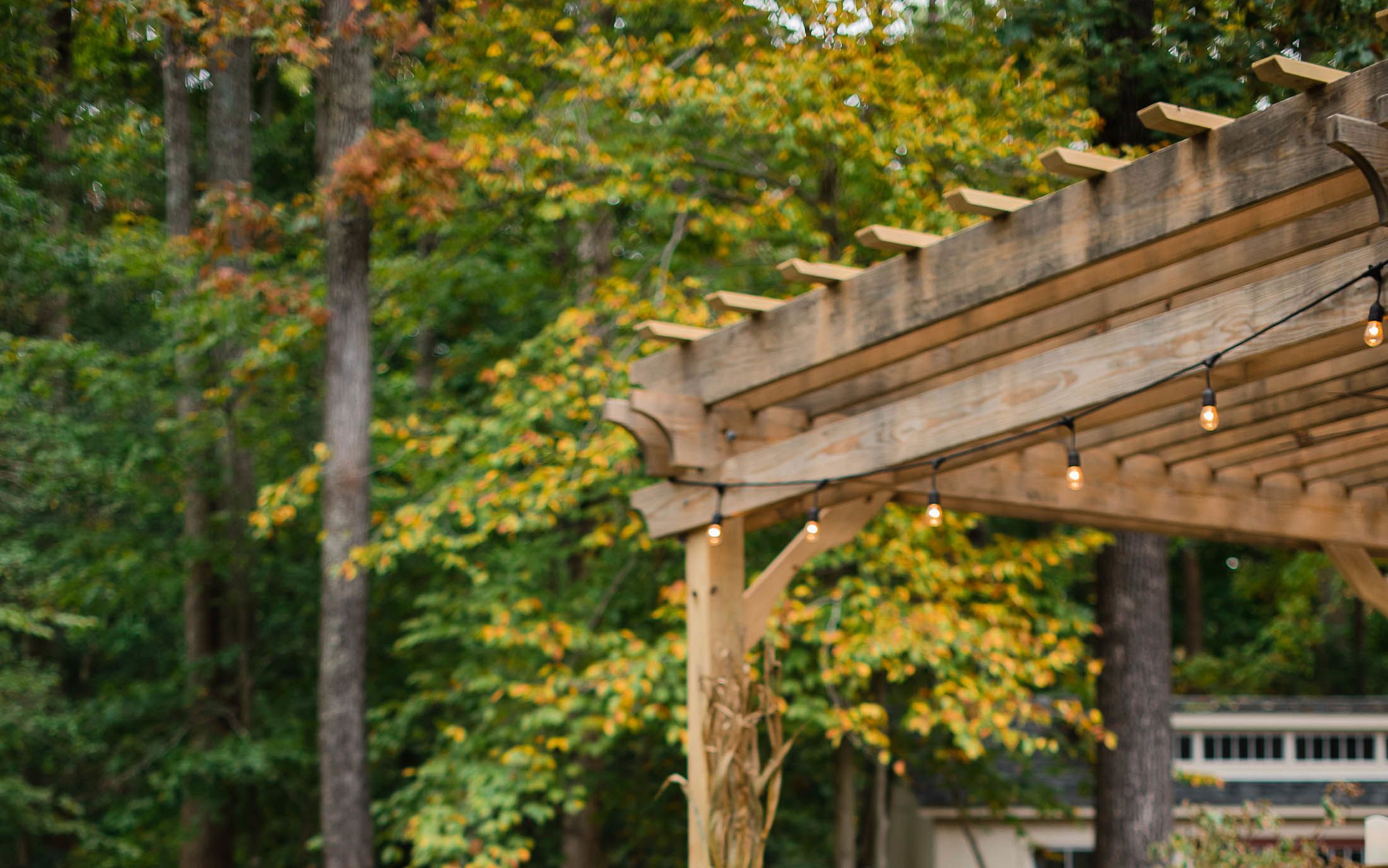
In this project, we lined walkways and stairs with pumpkins as well as dressing up an outdoor fireplace and dining table.
A Backyard to be Thankful For
This versatile patio space features a pergola, steps, outdoor fireplace, and rustic landscape. This space is also staged with over 10 different varieties of pumpkins and gourds. Can you identify them all? Click to see more photos
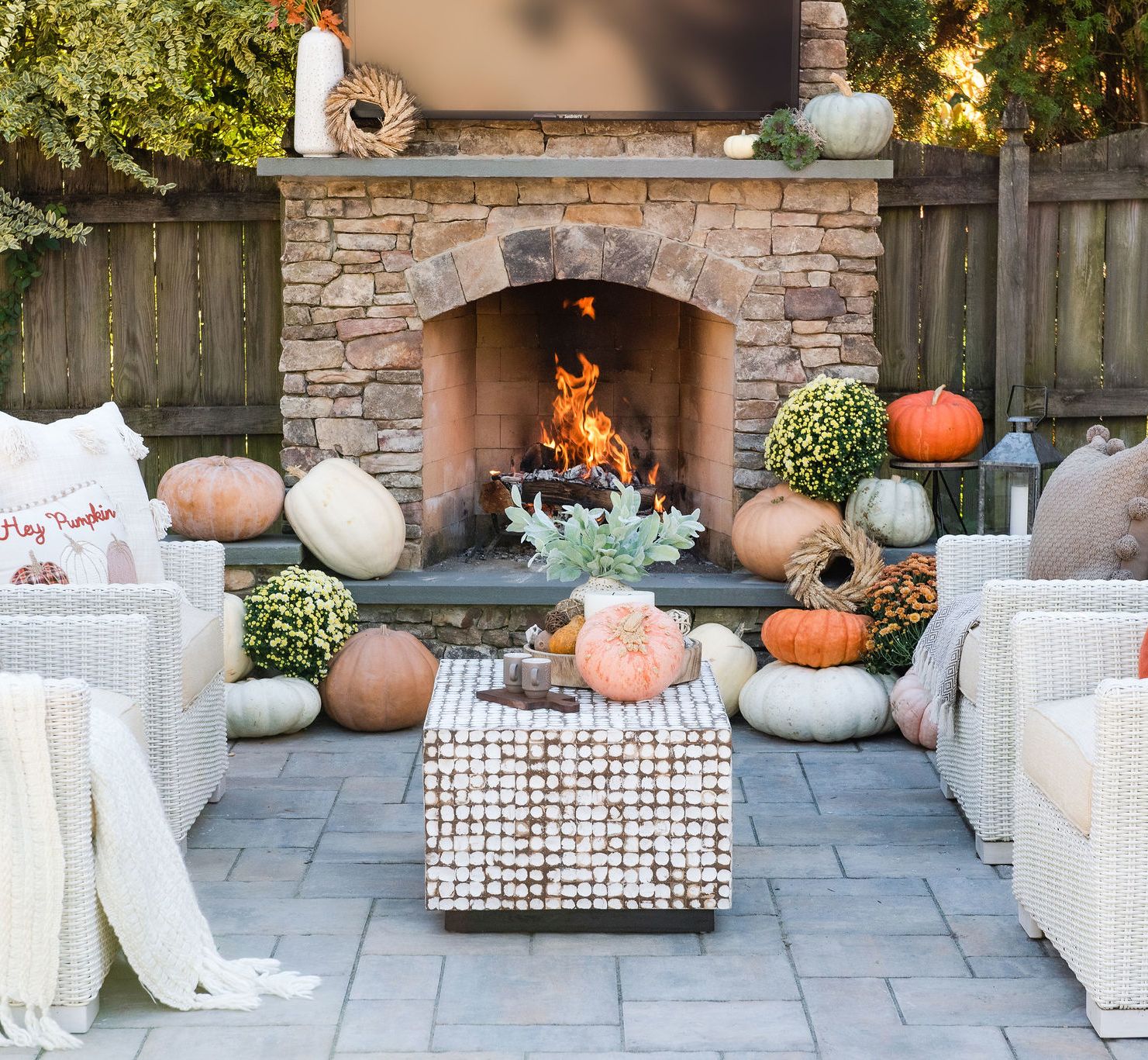
A Perfect Fall Retreat
This client contacted Outdoor Dreams to transform his backyard into a space where he could entertain friends and enjoy watching sporting events. For this project we demolished an old garage and designed this space that includes a paver patio, outdoor fireplace, sitting walls, landscaping, and a custom garage with outdoor kitchen and bar area.
The staging for this project features over 10 different types of pumpkins.
